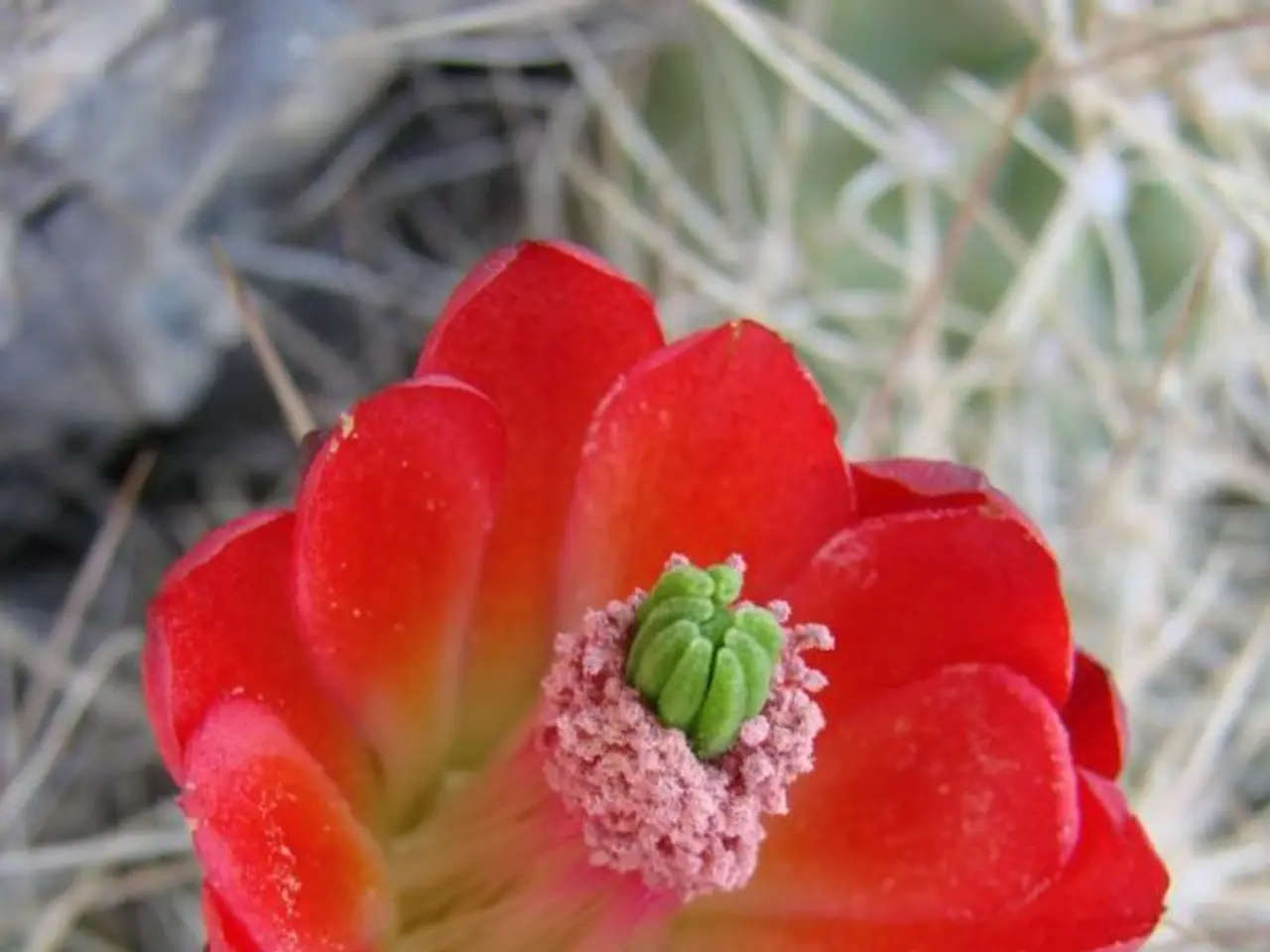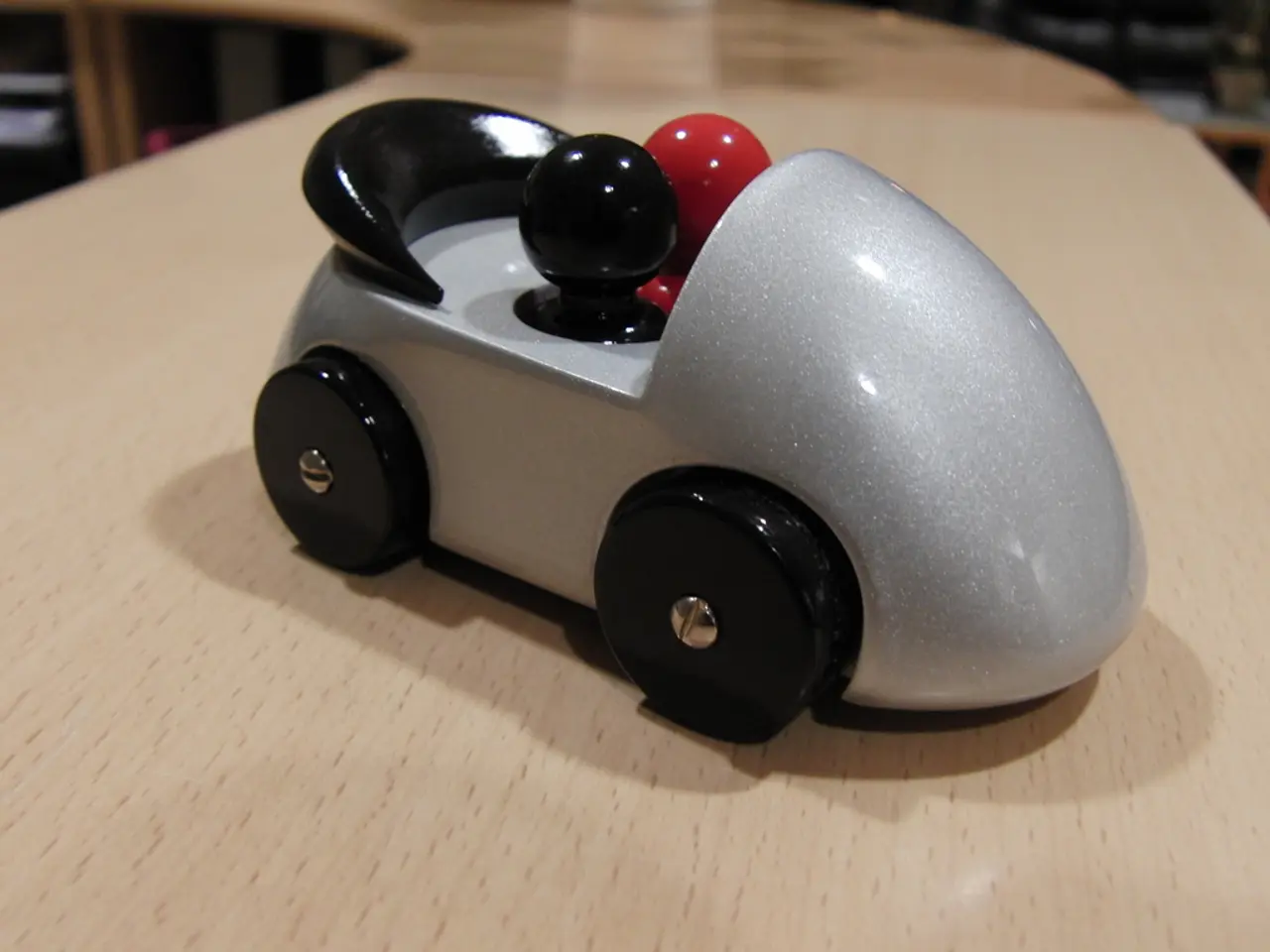Preventing Raccoons from Invading Your House and Garden
Raccoons, known for their agile climbing skills and dexterous paws, can pose a nuisance for homeowners, particularly when they nest in attics, chimneys, or other elevated areas. To address this issue, a combination of habitat modification, behavioural deterrents, and professional assistance is recommended.
**Habitat Modification and Exclusion**
The single best defence against raccoons is to eliminate attractants and block access. Secure garbage and food sources by using heavy-duty trash cans with tight-fitting lids and storing garbage indoors or in sealed structures until pickup. Remove other food sources such as pet food left outdoors, bird feeders, and unsecured compost bins.
Seal entry points by inspecting and repairing your home’s exterior for gaps, broken screens, and vulnerable spots. Install chimney caps, vent covers, and hardware cloth to block access to chimneys, roofs, attics, crawl spaces, and under decks. Sealing these areas is essential for preventing raccoons from nesting. Install physical barriers such as fencing, especially buried wire mesh around gardens and compost bins, to deter raccoons from digging and accessing desirable areas.
**Behavioral Deterrents**
Motion-activated sprinklers, bright lights, and noise makers can startle raccoons and make your property less inviting. These devices are most effective when used in combination with other controls. Noise and scent repellents, such as loud noises (e.g., air horns, shouting, radios, wind chimes) and predator scents (like coyote or fox urine), may help, but their effectiveness varies and may diminish over time. Pets, particularly large dogs, can discourage raccoons from entering your yard, especially if allowed access at night.
**Maintenance and Monitoring**
Regular cleaning is crucial. Remove raccoon feces and nesting materials promptly and safely, and disinfect the area to eliminate odours and disease risks. Regularly check for signs of raccoon activity, such as droppings, tracks, or gnaw marks, to catch problems early. For persistent or severe infestations, contact licensed wildlife professionals who can safely and humanely remove raccoons, identify entry points, and implement exclusion strategies. Do not attempt to handle or trap raccoons yourself due to disease risks and potential for aggression.
**Comparison of Deterrent Methods**
The table below compares the effectiveness and considerations of various deterrent methods:
| **Method** | **Effectiveness** | **Considerations** | |-------------------------------|----------------------|--------------------------------------------| | Secure food/garbage | High | Essential; eliminate primary attractant[1][2][4] | | Seal entry points | High (long-term) | Critical for prevention[1][3] | | Motion-activated devices | Moderate | Works best with other methods[1][2][4] | | Noise/scent repellents | Short-term | Unlikely to work alone; animals may return[1][2] | | Pets (dogs) | Moderate | Effective if present at night[2] | | Professional removal | High | Safe, humane, and comprehensive[3][4] |
**Expert Advice Recap**
University extensions and wildlife authorities consistently recommend a combination approach: Remove all attractants, physically exclude raccoons from structures, employ behavioural deterrents, and consult professionals for persistent problems or when dealing with raccoons inside the home[1][3][4]. No single method is foolproof, and ongoing vigilance is required to prevent re-infestation.
The Old Farmer’s Almanac echoes these recommendations, emphasizing physical barriers, clean surroundings, and the use of humane, integrated pest management techniques.
**Key takeaway:** Prevention and control require diligence—secure food, fortify your home, use deterrents, and enlist professional help for persistent or dangerous situations. Regular maintenance and monitoring are crucial for long-term success[1][3][4].
- Never leave pet food outdoors unattended. Bring dishes in overnight and store feed in sealed indoor containers. - Natural vegetation barriers, such as barberry, hawthorn, or holly, can help prevent raccoons from reaching vulnerable areas. - Trim tree limbs and vines at least 6 feet away from your home to prevent rooftop access by raccoons. - Seal entry points and dens at least 4 inches wide with sturdy materials like metal flashing, galvanized hardware cloth, or steel mesh. - Screen attic vents with mesh or hardware cloth to seal off potential entry while ensuring proper ventilation. - Professional wildlife removal services can safely remove adults and young, identify and seal all entry points, and thoroughly sanitize contaminated areas to prevent the spread of diseases like Baylisascaris roundworm and rabies. - Signs of raccoon activity include rummaged trash bins, tracks, noises at night, chewed soffits, open vents, or chimneys, and loosened shingles.
- To enhance the aesthetics of your home and garden, consider decorating your compost pile with attractive compost bins that match your home-and-garden lifestyle.
- During planting season, protect your garden from unwanted raccoon visitors by surrounding it with a physical barrier such as fencing or buried wire mesh.
- Adopt a eco-friendly lifestyle by recycling kitchen waste in a compost pile, ensuring to keep it secure and away from your garden to prevent raccoon infestation.




